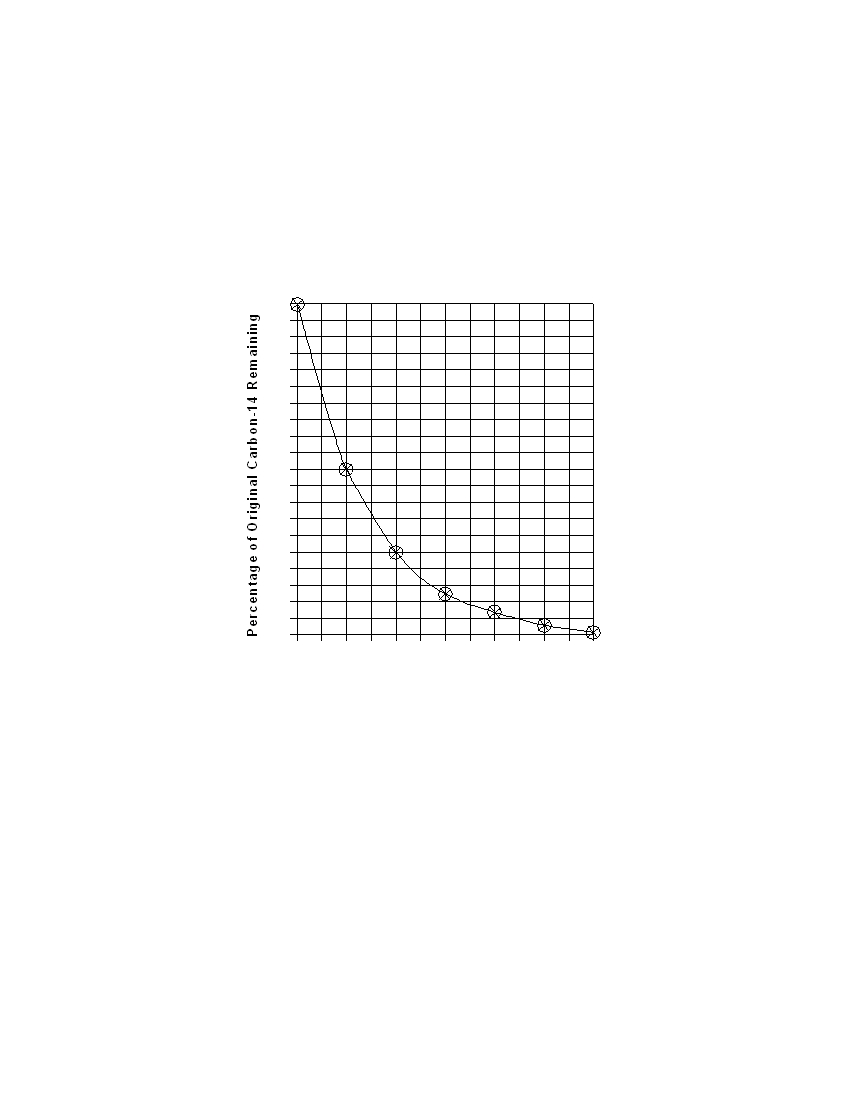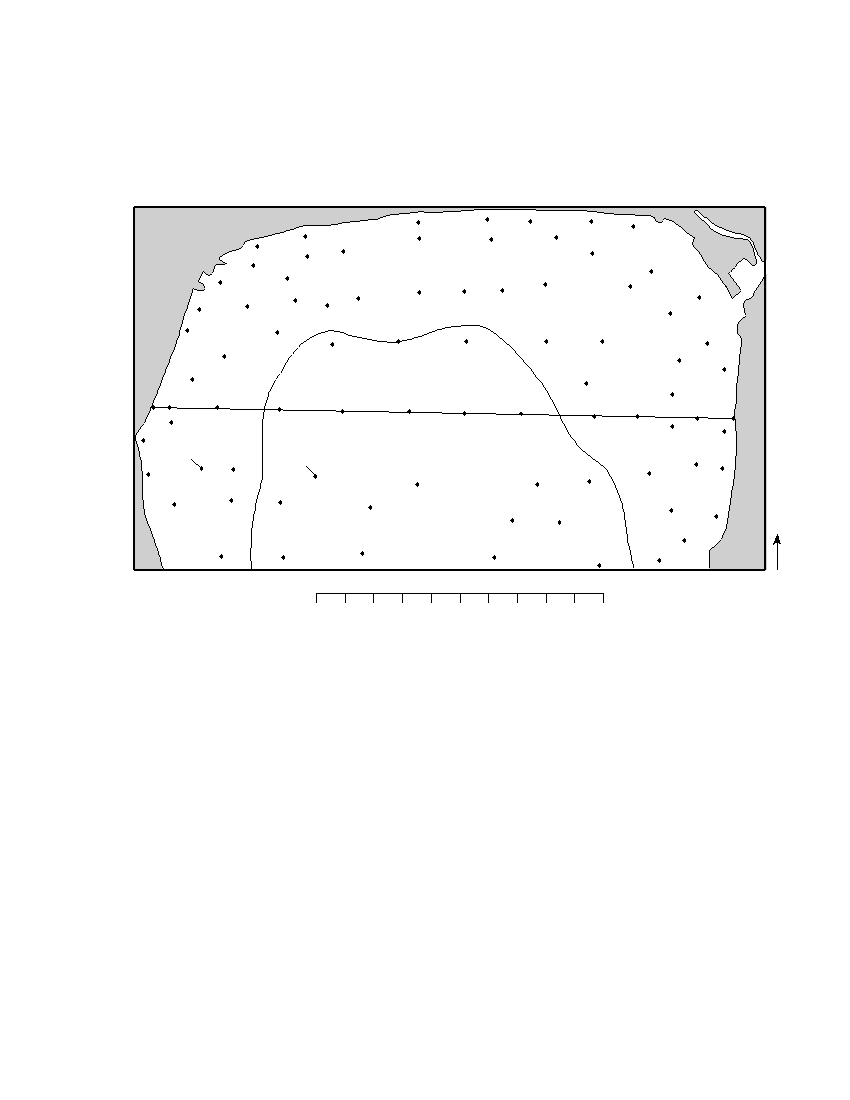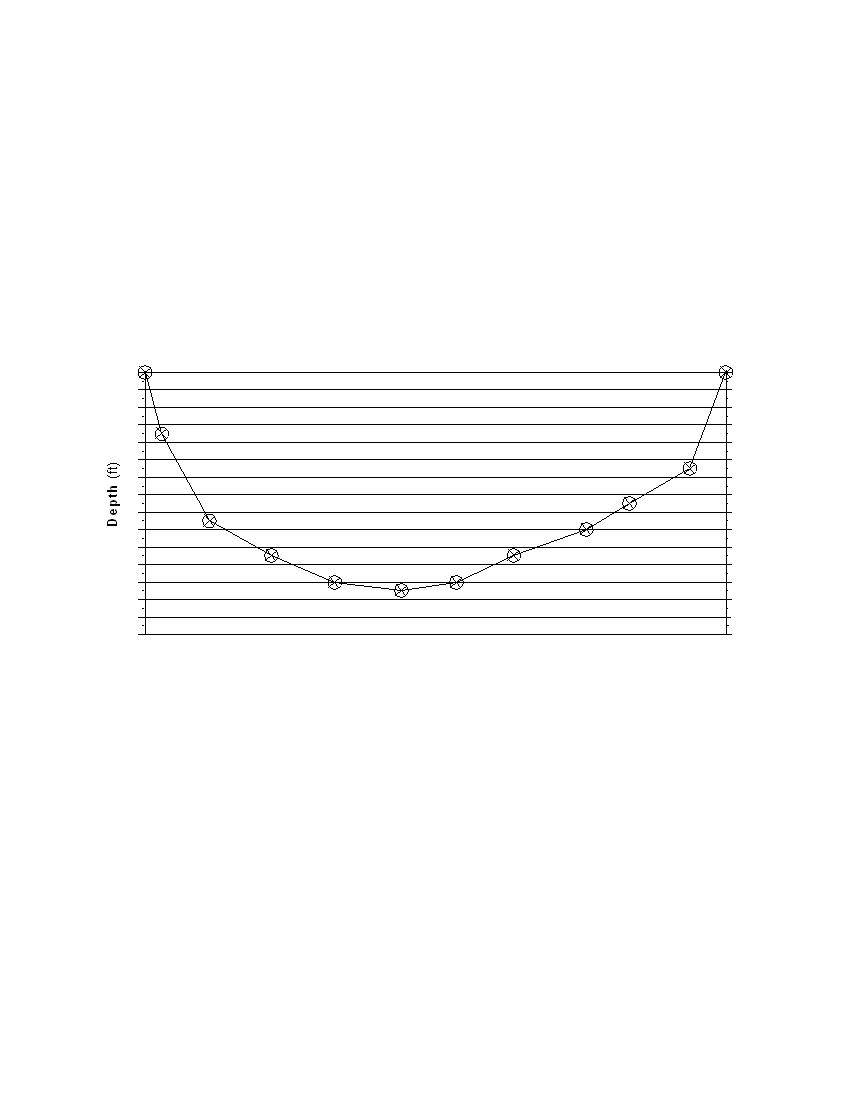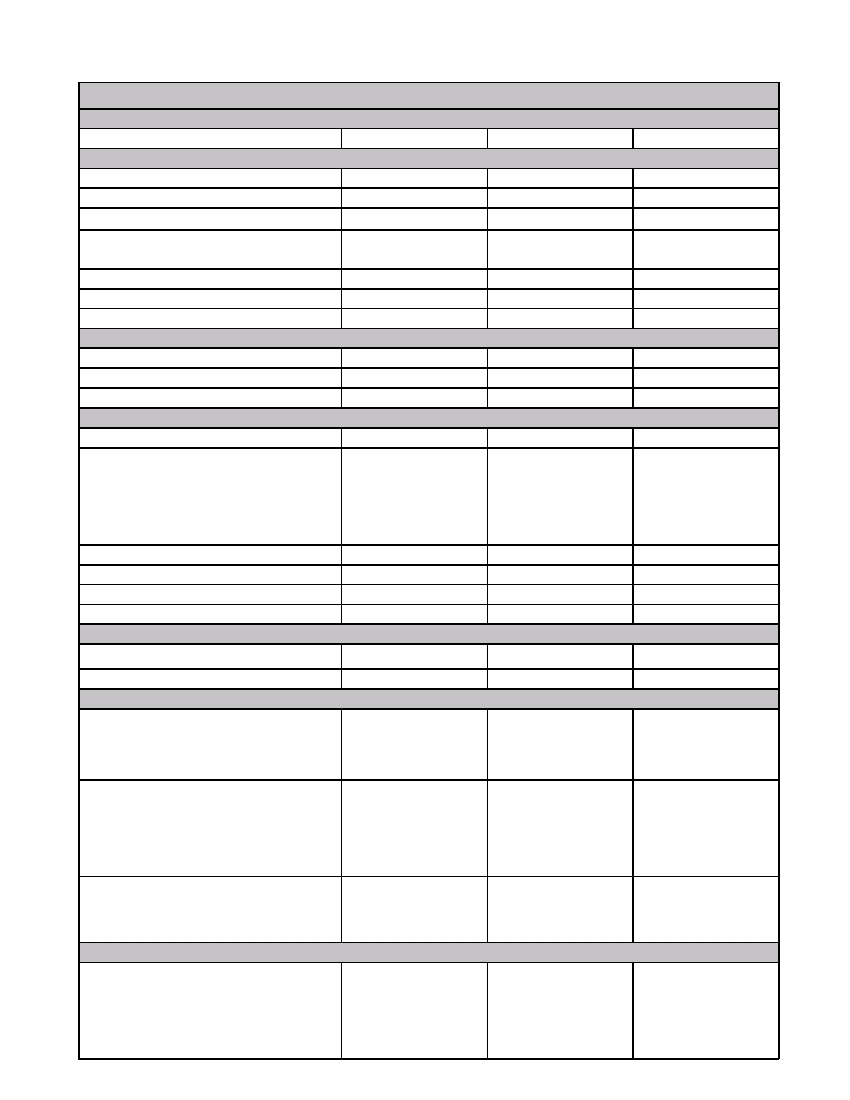
FORTEACHERS ONLY
The University of the State of New York
REGENTS HIGH SCHOOL EXAMINATION
PS–ES PHYSICAL SETTING/EARTH SCIENCE
Friday, June 20, 2008 — 1:15 to 4:15 p.m., only
SCORING KEY AND RATING GUIDE
Directions to the Teacher:
Refer to the directions on page 3 before rating student papers.
Updated information regarding the rating of this examination may be posted on the New York
State Education Department’s web site during the rating period. Check this web site
http://www.emsc.nysed.gov/osa/ and select the link “Examination Scoring Information” for any
recently posted information regarding this examination. This site should be checked before the
rating process for this examination begins and several times throughout the Regents examination
period.
Part A and Part B–1
Allow 1 credit for each correct response.
Part A
Part B–1
Part B–1
1 . . . . . 2. . . . . . .
13 . . . . . 1. . . . . . .
25 . . . . 4. . . . . . .
36 . . . . . 3. . . . . . .
44 . . . . . 1. . . . . . .
2 . . . . . 1. . . . . . .
14 . . . . . 2. . . . . . .
26 . . . . 1. . . . . . .
37 . . . . . 3. . . . . . .
45 . . . . . 4. . . . . . .
3 . . . . . 4. . . . . . .
15 . . . . . 3. . . . . . .
27 . . . . 1. . . . . . .
38 . . . . . 4. . . . . . .
46 . . . . . 1. . . . . . .
4 . . . . . 2. . . . . . .
16 . . . . . 2. . . . . . .
28 . . . . 3. . . . . . .
39 . . . . . 3. . . . . . .
47 . . . . . 4. . . . . . .
5 . . . . . 1. . . . . . .
17 . . . . . 4. . . . . . .
29 . . . . 4. . . . . . .
40 . . . . . 4. . . . . . .
48 . . . . . 3. . . . . . .
6 . . . . . 2. . . . . . .
18 . . . . . 3. . . . . . .
30 . . . . 2. . . . . . .
41 . . . . . 4. . . . . . .
49 . . . . . 3. . . . . . .
7 . . . . . 4. . . . . . .
19 . . . . . 4. . . . . . .
31 . . . . 3. . . . . . .
42 . . . . . 2. . . . . . .
50 . . . . . 2. . . . . . .
Part B–1 Score
8 . . . . . 3. . . . . . .
20 . . . . . 3. . . . . . .
32 . . . . 4. . . . . . .
43 . . . . . 3. . . . . . .
9 . . . . . 3. . . . . . .
21 . . . . . 3. . . . . . .
33 . . . . 2. . . . . . .
10 . . . . . 1. . . . . . .
22 . . . . . 2. . . . . . .
34 . . . . 4. . . . . . .
11 . . . . . 2. . . . . . .
23 . . . . . 1. . . . . . .
35 . . . . 4. . . . . . .
Part A Score
12 . . . . . 2. . . . . . .
24 . . . . . 2. . . . . . .


P HYSICAL S ETTING/ E ARTH S CIENCE – continued
Directions to the Teacher
Follow the procedures below for scoring student answer papers for the Physical Setting/Earth
Science examination. Additional information about scoring is provided in the publication
Information Booklet for Scoring Regents Examinations in the Sciences .
Use only red ink or red pencil in rating Regents papers. Do not correct the student’s work by
making insertions or changes of any kind.
On the detachable answer sheet for Part A and Part B–1, indicate by means of a check mark
each incorrect or omitted answer. In the box provided at the end of each part, record the number
of questions the student answered correctly for that part.
At least two science teachers must participate in the scoring of each student’s responses to the
Part B–2 and Part C open-ended questions. Each of these teachers should be responsible for
scoring a selected number of the open-ended questions on each answer paper. No one teacher is to
score all the open-ended questions on a student’s answer paper.
Students’ responses must be scored strictly according to the Scoring Key and Rating Guide. For
open-ended questions, credit may be allowed for responses other than those given in the rating
guide if the response is a scientifically accurate answer to the question and demonstrates adequate
knowledge as indicated by the examples in the rating guide. In the student’s answer booklet, record
the number of credits earned for each answer in the box printed to the right of the answer lines or
spaces for that question.
Fractional credit is not allowed. Only whole-number credit may be given to a response. Units
need not be given when the wording of the questions allows such omissions.
Raters should enter the scores earned for Part A, Part B–1, Part B–2, and Part C on the
appropriate lines in the box printed on the answer booklet and then should add these four scores
and enter the total in the box labeled “Total Written Test Score.” The student’s score for the
Earth Science Performance Test should be entered in the space provided. Then, the student’s
raw scores on the performance test and written test should be converted to a scaled score by
using the conversion chart that will be posted on the Department’s web site
http://www.emsc.nysed.gov/osa/ on Friday, June 20, 2008. The student’s scaled score should be
entered in the labeled box on the student’s answer booklet. The scaled score is the student’s final
examination score.
All student answer papers that receive a scaled score of 60 through 64 must be scored a second
time. For the second scoring, a different committee of teachers may score the student’s paper or
the original committee may score the paper, except that no teacher may score the same open-ended
questions that he/she scored in the first rating of the paper. The school principal is responsible for
assuring that the student’s final examination score is based on a fair, accurate, and reliable scoring
of the student’s answer paper.
Because scaled scores corresponding to raw scores in the conversion chart may change from one
examination to another, it is crucial that for each administration, the conversion chart provided for
that administration be used to determine the student’s final score.
[3]
[OVER]

P HYSICAL S ETTING/ E ARTH S CIENCE – continued
Part B–2
Allow a total of 15 credits for this part. The student must answer all questions in this part.
51 [1] Allow 1 credit. The student’s line must be at the same level as the black line shown below.
Example of a 1-credit response:
Box
Precipitation
River
KEY
Water
Caves
52 [1] Allow 1 credit. Acceptable responses include, but are not limited to:
— The acid rain dissolves the limestone.
— The calcite in limestone chemically reacts with the acid.
53 [1] Allow 1 credit. Acceptable responses include, but are not limited to:
— burning fossil fuels
— exhaust emission from automobiles
— smoke from factories
[4]

P HYSICAL S ETTING/ E ARTH S CIENCE – continued
54 [1] Allow 1 credit for the warm-front symbol drawn on the correct side of line XY .
Example of a 1-credit response:
C
Y
X
cP
A
B
mT
D
N
55 [1] Allow 1 credit. Acceptable responses include, but are not limited to:
— condensation
— expanding air
— cooling to the dewpoint
— rising air
— deposition (sublimation)
56 [1] Allow 1 credit. Acceptable responses include, but are not limited to:
— Location A is influenced by a cold, dry air mass.
— Location A has clear skies.
— Location B is in a warm, moist air mass.
— Location B has cloud cover.
57 [1] Allow 1 credit. Acceptable responses include, but are not limited to:
— Location C is cooler because it is farther north.
— C is in a continental polar air mass, which is cold, dry air.
— Location C has clouds that block some of the sunlight.
[5]
[OVER]

P HYSICAL S ETTING/ E ARTH S CIENCE – continued
58 [1] Allow 1 credit. Acceptable responses include, but are not limited to:
— east
— northeast
— ENE
59 [1] Allow 1 credit for Mercury.
60 [1] Allow 1 credit. Acceptable responses include, but are not limited to:
— These moons orbit Jupiter, not Earth.
— The geocentric model has all celestial objects revolving around Earth.
61 [1] Allow 1 credit. Acceptable responses include, but are not limited to:
— P -waves can travel through the liquid outer core, but S -waves cannot.
— P -waves travel through all parts of Earth’s interior.
— S -waves do not pass through the outer core.
62 [1] Allow 1 credit for any value from 2800 to 3000 km.
63 [1] Allow 1 credit for any value from 1408 to 1409 millions of cubic kilometers.
64 [1] Allow 1 credit. Acceptable responses include, but are not limited to:
— The oceans cover a larger portion of Earth’s surface than the continents.
— Air over oceans has more moisture than air over land.
— More evaporation occurs over the oceans.
65 [1] Allow 1 credit for two acceptable characteristics. Acceptable responses include, but are not limited
to:
— slope of the land surface
— soil type or composition
— vegetation or lack of vegetation
— land use/a paved surface
— degree of soil saturation
— porosity of the soil
— permeability or impermeability of the surface
[6]

P HYSICAL S ETTING/ E ARTH S CIENCE – continued
Part C
Allow a total of 20 credits for this part. The student must answer all questions in this part.
66 [1] Allow 1 credit if the centers of all X s are correctly plotted within the circles shown below and
the X s are correctly connected with a line that falls within the circles.
Example of a 1-credit graph:
Radioactive Decay of Carbon-14
100
90
80
70
60
50
40
30
20
10
0
0
1
2
3
4
5
6
Number of Half-Lives
Note: It is recommended that an overlay be used to ensure uniformity in scoring.
67 [1] Allow 1 credit for 22,800 yr.
68 [1] Allow 1 credit for tree trunk and an acceptable explanation. Acceptable explanations include, but are
not limited to:
— The tree trunk is a recent organic remain.
— Carbon-14 is used to date recent remains.
[7]
[OVER]

P HYSICAL S ETTING/ E ARTH S CIENCE – continued
69 [1] Allow 1 credit for chromium or Cr.
70 [1] Allow 1 credit. Acceptable responses include, but are not limited to:
— hardness
— luster
— crystal shape
71 [1] Allow 1 credit for marble.
72 [1] Allow 1 credit for Eocene Epoch.
73 [1] Allow 1 credit. Acceptable responses include, but are not limited to:
— convergent plate boundary
— subduction zone
— collision boundary
74 [1] Allow 1 credit. Acceptable responses include, but are not limited to:
— The Sun will appear higher in the sky as Earth moves to position B , then lower in the sky
as it moves to position C .
— The angle increases as it approaches B , and decreases as it approaches C .
— The altitude will increase, then decrease.
75 [1] Allow 1 credit. Acceptable responses include, but are not limited to:
— On an equinox, all locations will have the same duration of insolation.
— The Sun’s direct rays are at the equator on this day.
— Each location is in sunlight for half of the 24-hour Earth rotation.
76 [1] Allow 1 credit. Acceptable responses include, but are not limited to:
— Earth’s Northern Hemisphere is tilted away from the Sun.
— The Arctic Circle is dark and has 24 hours of night.
— Less sunlight is received in the Northern Hemisphere.
77 [1] Allow 1 credit for 4 p.m. or 1600 hours. Do not allow credit for 4 or 4 a.m.
[8]

P HYSICAL S ETTING/ E ARTH S CIENCE – continued
78 [1] Allow 1 credit for correctly drawing the 20-foot-depth isoline. It must extend to the edge of the map
to receive credit. If other isolines are drawn, all lines must be correct to receive credit.
Example of a 1-credit response:
Water Depths (feet)
2
4
2
5
2
4
6
3
8
11
7
11
11
9
8
10
15
19
18
17
16
11
5
4
17
18
19
14
8
9
17
21
20
21
18
13
5
15
10
5
16
16
13
A 7
17
21
24
25
24
21
18
15
11
8
13
B
5
2
X
16
10
5
13
Y
25
21
17
4
24
23
9
15
26
26
13
26
24
3
N
7
17
29
30
33
23
13
0 0.1 0.2 0.3 0.4 0.5 0.6 0.7 0.8 0.9 1.0 mile
[9]
[OVER]

P HYSICAL S ETTING/ E ARTH S CIENCE – continued
79 [2] Allow a maximum of 2 credits, allocated as follows:
Allow 2 credits if the centers of all ten student-plotted X s are within the circles shown below and
the X s are correctly connected with a line that falls within the circles.
Allow 1 credit if the centers of only eight or nine student-plotted X s are within the circles shown
below and the X s are correctly connected with a line that falls within the circles.
or
Allow 1 credit if all ten student-plotted X s are within the circles shown below, but not correctly
connected with a line.
Example of a 2-credit response:
A
Lake Surface
B
0
0
10
10
20
20
30
30
Distance (mi)
80 [1] Allow 1 credit for any value from 28 to 32 with correct units. Acceptable units include, but are not
limited to:
— feet/mile
— ft/mi
— feet per mile
[10]

P HYSICAL S ETTING/ E ARTH S CIENCE – concluded
81 [1] Allow 1 credit if all values, units, and compass directions for latitude and longitude are correct,
as shown.
Latitude: 34° N
Longitude: 118.5° W
118° 30' W
82 [1] Allow 1 credit. Acceptable responses include, but are not limited to:
— It is near a plate boundary.
— The San Andreas Fault is nearby.
— The bedrock contains many faults.
83 [1] Allow 1 credit. Acceptable responses include, but are not limited to:
— Oakland is farthest from the epicenter.
84 [1] Allow 1 credit for two acceptable responses. Acceptable responses include, but are not limited to:
— secure heavy objects
— prepare an emergency medical kit
— plan an evacuation route
— locate the nearest shelter
— reinforce house structure
[11]

Regents Examination in Physical Setting/Earth Science
June 2008
Chart for Converting Total Test Raw Scores to
Final Examination Scores (Scaled Scores)
The Chart for Determining the Final Examination Score for the June 2008
Regents Examination in Physical Setting/Earth Science will be posted
on the Department’s web site http://www.emsc.nysed.gov/osa/ on Friday,
June 20, 2008. Conversion charts provided for previous administrations of
the Regents Examination in Physical Setting/Earth Science must NOT be
used to determine students’ final scores for this administration.
Submitting Teacher Evaluations of the Test to the Department
Suggestions and feedback from teachers provide an important contribution to the test
development process. The Department provides an online evaluation form for State
assessments. It contains spaces for teachers to respond to several specific questions and to
make suggestions. Instructions for completing the evaluation form are as follows:
1. Go to www.emsc.nysed.gov/osa/exameval.
2. Select the test title.
3. Complete the required demographic fields.
4. Complete each evaluation question and provide comments in the space provided.
5. Click the SUBMIT button at the bottom of the page to submit the completed form.
[12]

Map to Core Curriculum
June 2008 Physical Setting/Earth Science
Question Numbers
Key Ideas/Performance Indicators
Part A
Part B
Part C
Standard 1
Math Key Idea 1
63
66, 79, 80
Math Key Idea 2
26, 30, 33
37, 38, 41, 42, 43
Math Key Idea 3
59
67
Science Inquiry Key Idea 1
1, 4, 14
36, 39, 44, 45,
68, 69, 82
50, 52, 60, 64
Science Inquiry Key Idea 2
Science Inquiry Key Idea 3
6
37, 38, 46, 47, 59 71, 72
Engineering Design Key Idea 1
Standard 2
Key Idea 1
Key Idea 2
Key Idea 3
Standard 6
Key Idea 1
65
69, 70
Key Idea 2
10, 11, 12, 13,
36, 40, 45, 48,
71, 73, 74, 75,
14, 15, 16, 17,
49, 51, 54, 55,
76, 77, 78, 79,
20, 21, 22, 26,
56, 57, 58, 61,
81, 82, 83
27, 28, 29, 31,
62, 63
32, 35
Key Idea 3
2
80, 81
Key Idea 4
Key Idea 5
12
55, 56, 57, 58
67, 80
Key Idea 6
Standard 7
Key Idea 1
53
Key Idea 2
84
Standard 4
Key Idea 1
1, 2, 3, 4, 5, 10,
36, 37, 38, 39,
66, 67, 68, 72,
11, 12, 13, 15,
44, 45, 51, 59,
77, 81
20, 21, 22
60, 63, 64, 65
Key Idea 2
6, 7, 8, 9, 14,
39, 40, 41, 42,
73, 74, 75, 76,
16, 17, 18, 19,
43, 48, 49, 50,
78, 79, 80, 82,
23, 24, 25, 27,
52, 53, 54, 55,
83, 84
28, 29, 30, 31,
56, 57, 58, 61, 62
32, 33
Key Idea 3
26, 34, 35
46, 47
69, 70, 71
Reference Tables
ESRT 2001 Edition (Revised)
2, 3, 6, 14, 16,
37, 38, 46, 47,
67, 71, 72, 73,
18, 20, 21, 23,
54, 59, 62
80, 82
24, 25, 26, 33,
34, 35


